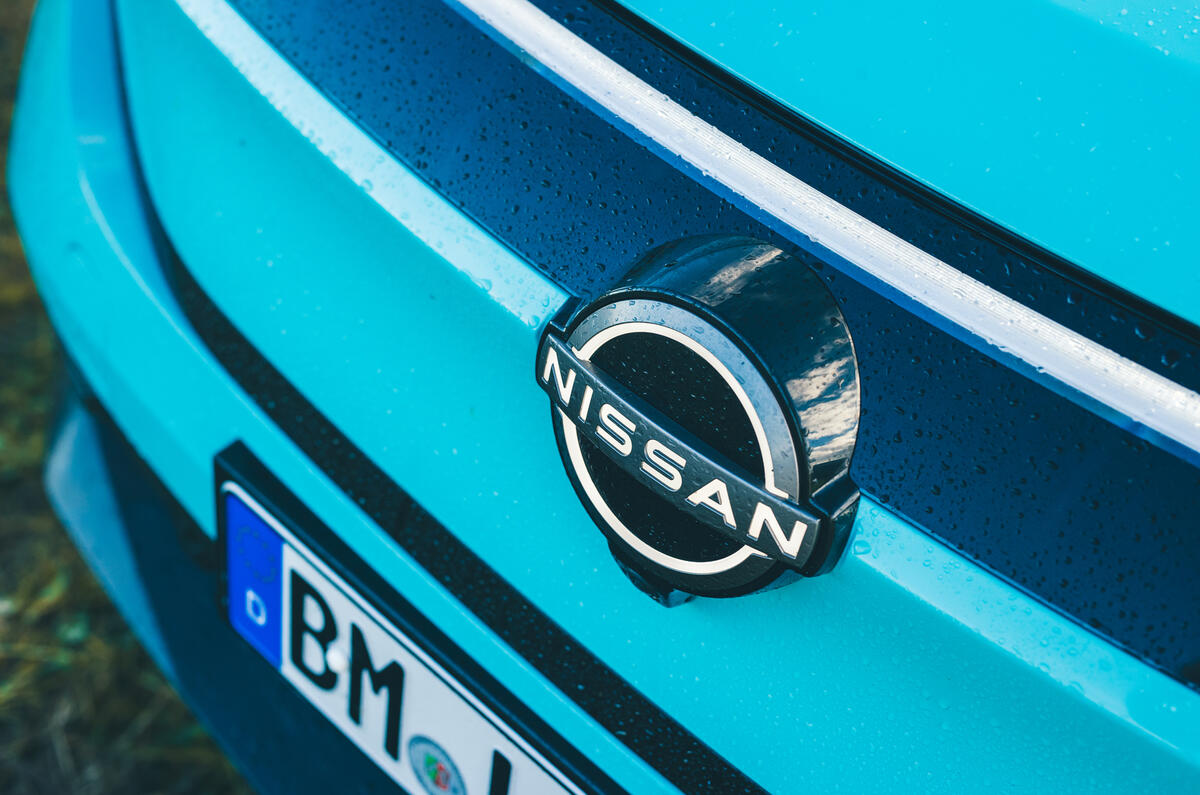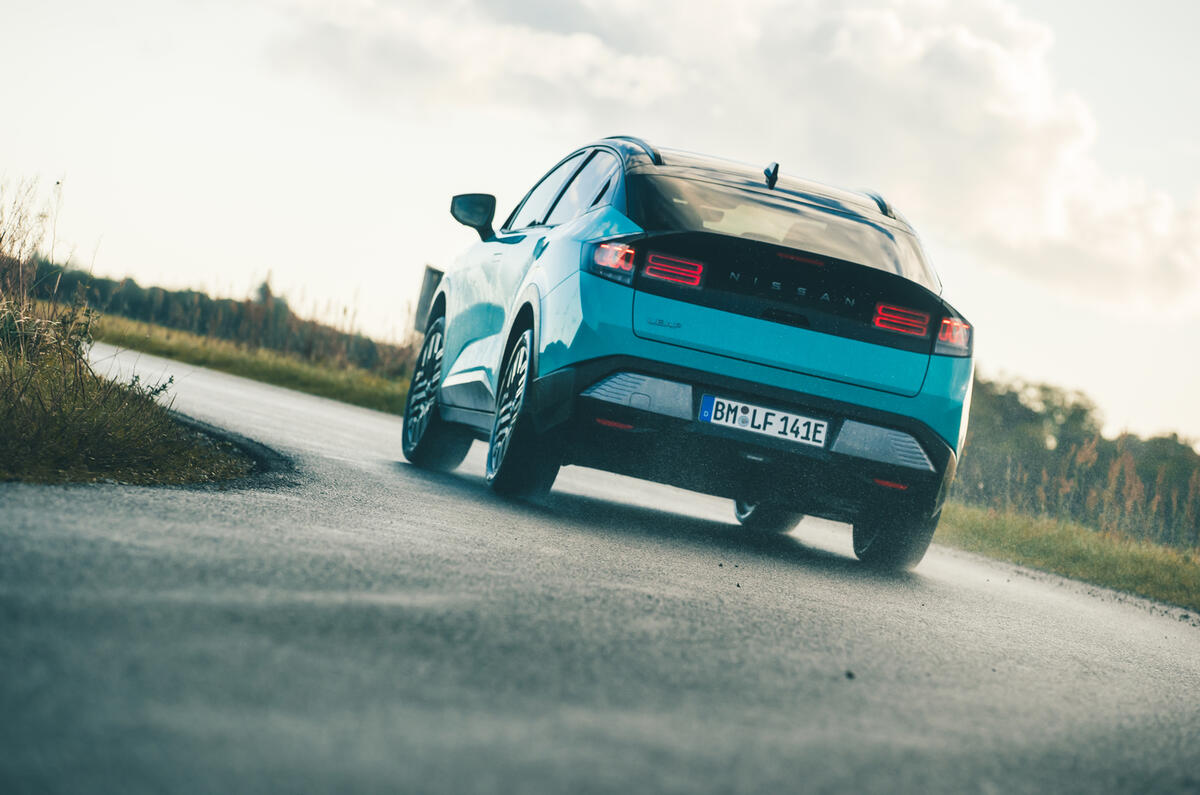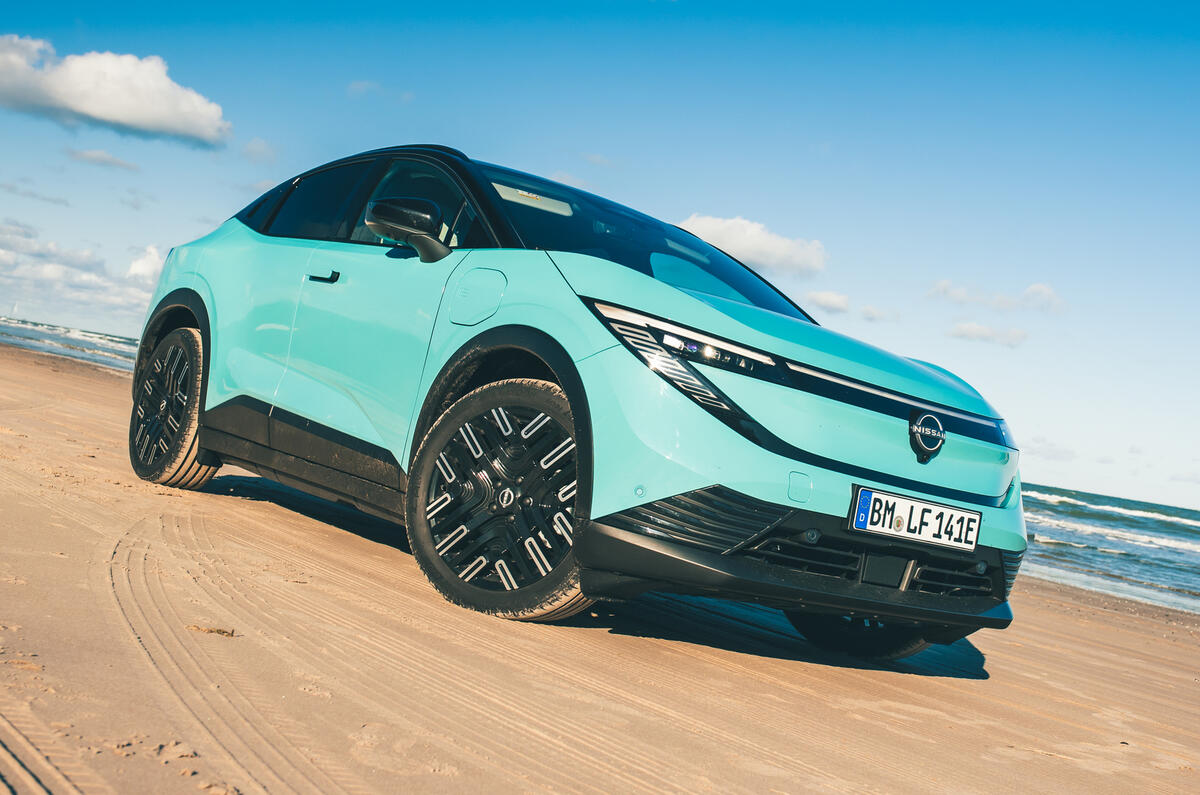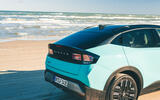The new Nissan Leaf feels like a milestone: it’s the first mainstream mass-market EV to reach a third generation. Although that really depends on how you define such things.
To all intents and purposes, the new Leaf is an entirely new model with a new remit. The only thing it has in common with its pioneering predecessors is a name.
The original Leaf arrived in 2010 with a 124-mile range and a whole load of novelty about whether a car powered by batteries could actually find mainstream buyers. The Mk2 followed that up in 2018 with a range of up to 239 miles, but both benefitted from having very little (if any) competition.
The Nissan Leaf of 2025 isn’t so lucky. This new model must take on the Volkswagen ID 3, Kia EV4, Cupra Born and MG 4 EV, to name but a few.
So, the Leaf can’t just be ‘the original’ any more. It has to be the best of its breed if it’s to hold its own and gain back its popularity among the electric family car class.
As such, Nissan has given it two battery options for a range of up to 271 or 375 miles from either a 52 or 75kWh battery. It’s also got a pretty cool retro-modern design and, despite a slightly SUV-ish stance, good official efficiency figures.
New Nissan Leaf cars in stock









































